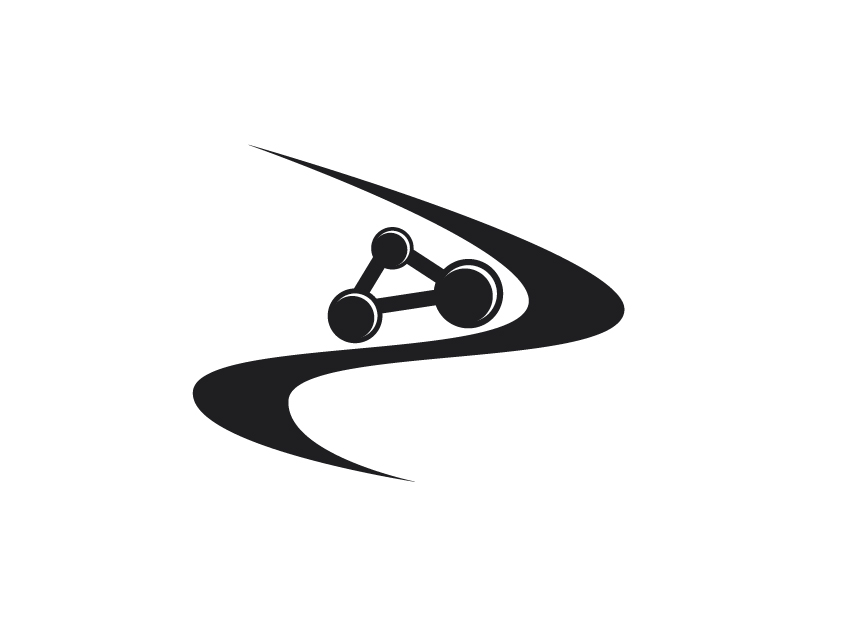
|
ИСТИНА |
Войти в систему Регистрация |
ИСТИНА ФИЦ ПХФ и МХ РАН |
||
Abel transform of laser-induced plasma image: Overcoming challenges of noisy and insufficient data for reliable reconstructionстатья Исследовательская статья
Статья опубликована в высокорейтинговом журнале
Статья опубликована в журнале из списка Web of Science и/или Scopus- Авторы: Rylov A.V., Zakuskin A.S., Labutin T.A.
- Журнал: Spectrochimica Acta - Part B: Atomic Spectroscopy
- Том: 223
- Год издания: 2025
- Издательство: Elsevier BV
- Местоположение издательства: Netherlands
- Номер статьи: 107079
- DOI: 10.1016/j.sab.2024.107079
- Аннотация: Reconstructing spatial distribution of emissivity is important for study of heterogeneous plasma sources. However, often used Radon and Abel transforms tend to amplify noise in the data. The small size and short lifetime of laser-induced plasma result in short exposures for signal acquisition, and, consequently limited number of points along the source available for measurements and noisy signals. We compared 14 Abel transform algorithms and various noise processing methods, focusing on both limited data points and high noise levels. All algorithms were presented in matrix form to ensure fair comparison, and we proposed a metric based on the largest singular value of matrix operator for error assessment. An error analysis is performed to show the contribution of approximation and noise errors to the overall reconstruction error. Our results indicate that at higher noise levels, the choice of noise reduction method is more critical than the inversion algorithm itself, with regularization proving to be the most effective for noise control. Given the minimal impact of algorithm choice on the final result, simple and easy-to-implement methods like “Onion Peeling” are recommended to be combined with regularization. Furthermore, transforms with regularization were the most stable for reconstructing complex profiles. Summarizing the results for all considered cases, “Hankel-Fourier” and “Cubic Spline” are the most accurate for noiseless data with limited number of spatial points, while for cases with a large amount of data, “Polynomial”, “Piessens-Verbaeten”, and “Minerbo-Levy” are better, especially for noisy data.
- Добавил в систему: Лабутин Тимур Александрович
Прикрепленные файлы
| № | Имя | Описание | Имя файла | Размер | Добавлен |
|---|